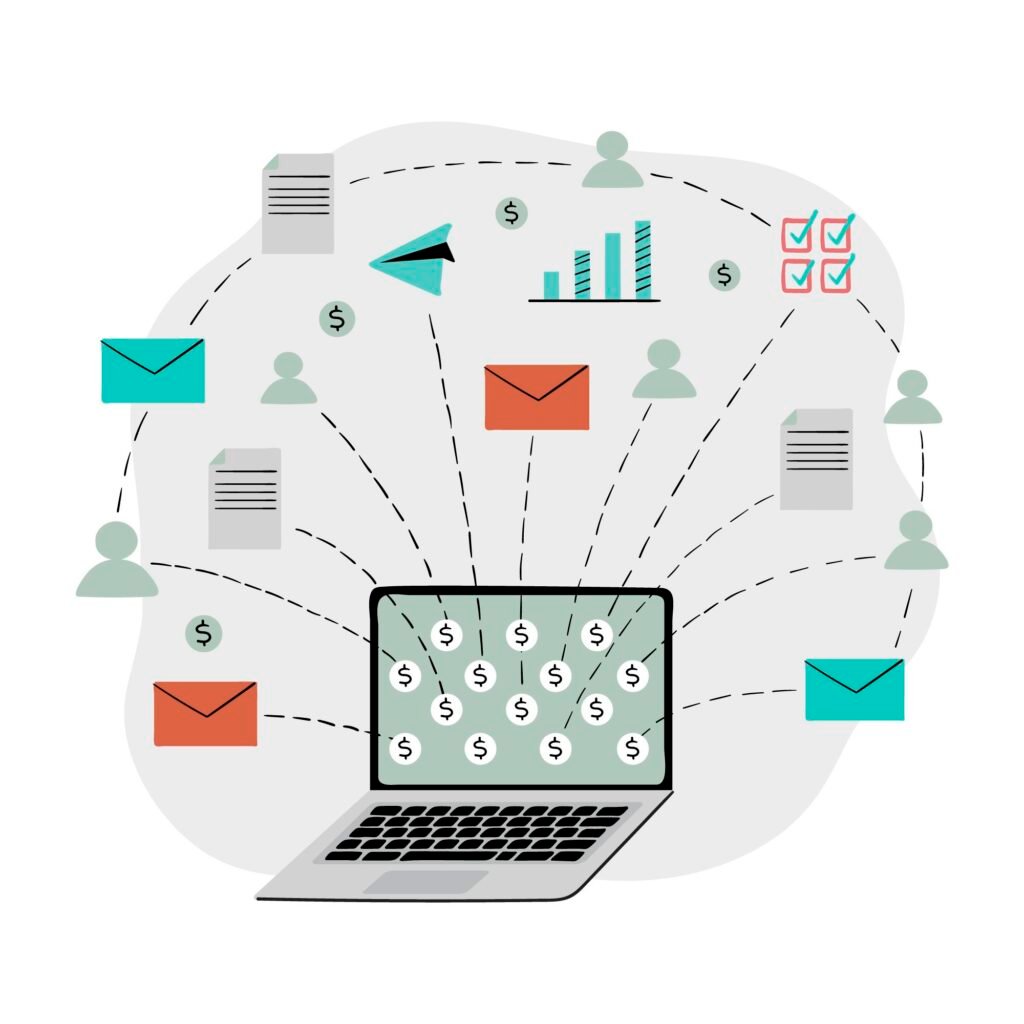In today’s digital age, consumers are bombarded with emails. To stand out in a crowded inbox, you need to deliver targeted messages that resonate with your audience. This is where email marketing segmentation comes in. By dividing your email list into smaller, more specific groups, you can craft highly personalized campaigns that drive engagement and conversions.
Why is Email Marketing Segmentation Important?
Imagine sending a generic email blast to your entire subscriber list. It might contain some relevant information for some subscribers, but for many, it will be irrelevant and uninteresting. This can lead to low open rates, high unsubscribe rates, and ultimately, a decline in your email marketing ROI.
Email marketing segmentation allows you to overcome these challenges. By segmenting your list, you can:
- Increase Open Rates: People are more likely to open emails that are relevant to their interests and needs.
- Boost Click-Through Rates: Targeted emails with clear calls to action are more likely to prompt recipients to take the desired action.
- Improve Conversions: When your emails resonate with your audience, they are more likely to convert into leads or sales.
- Strengthen Customer Relationships: Segmented emails create a more personalized experience, fostering stronger relationships with your subscribers.
- Reduce Unsubscribe Rates: When subscribers receive relevant emails, they are less likely to unsubscribe.
How to Segment Your Email Marketing List
There are several ways to segment your email marketing list. Here are some of the most effective methods:
- Demographics: Segment your list by factors such as age, gender, location, income level, and occupation. This can help you tailor your message to resonate with different segments of your audience.
- Behavior: Segment your list based on how subscribers interact with your emails. This includes factors such as open rates, click-through rates, website visits, and purchases. You can then send targeted campaigns to re-engage inactive subscribers, nurture leads further down the sales funnel, or reward loyal customers.
- Purchase History: Segment your list by what subscribers have purchased in the past. This allows you to send targeted product recommendations, upsell and cross-sell offers, and win-back campaigns for lapsed customers.
- Interests: If you collect information about your subscribers’ interests (e.g., through surveys or website interactions), you can segment your list accordingly. This allows you to send targeted content that aligns with their specific needs and preferences.
- Lifecycle Stage: Segment your list based on where subscribers are in the customer journey. You can send welcome emails to new subscribers, educational content to nurture leads, and promotional offers to customers who are ready to buy.
Building Effective Email Segments
Once you’ve identified your segmentation criteria, it’s time to start building your segments. Here are some tips for success:
- Start Simple: Don’t try to create too many segments right away. Begin with a few basic segments and gradually add more complexity as you gather more data.
- Use Clear Criteria: Define clear and measurable criteria for each segment. This will ensure that your segments are well-defined and easy to target.
- Maintain Data Quality: Ensure your subscriber data is accurate and up-to-date. Inaccurate data can lead to poorly targeted emails and reduced effectiveness.
- Test and Refine: Regularly test your segmentation strategies and refine them based on results. A/B testing different subject lines, content, and offers can help you optimize your campaigns for maximum impact.
Examples of Email Marketing Segmentation in Action
Here are a few examples of how you can use email marketing segmentation to target your audience more effectively:
- Segment by Purchase History: Send targeted emails to customers who have purchased a specific product, recommending complementary items or accessories.
- Segment by Interest: If you sell sporting goods, segment your list by sports and send emails with relevant product recommendations and upcoming events.
- Segment by Lifecycle Stage: Send welcome emails to new subscribers, educational content to nurture leads who haven’t purchased yet, and special offers to existing customers.
- Segment by Engagement: Re-engage inactive subscribers with a win-back campaign that offers an incentive for re-opening your emails.
By segmenting your email marketing list, you can create highly personalized messages that resonate with your audience. This will lead to increased engagement, improved conversions, and ultimately, a more successful email marketing program.
Conclusion
Email marketing segmentation is a powerful tool that can help you take your email marketing to the next level. By taking the time to segment your list and craft targeted messages, you can create a more meaningful connection with your audience and achieve your marketing goals.
Remember:
- Segmentation is an ongoing process. As you gather more data about your subscribers, you can continue to refine your segments for even better results.
- There is no one-size-fits-all approach to segmentation.
Ready to take your email marketing to the next level? Sign up for a free ConvertKit account today and see the difference segmentation can make!


